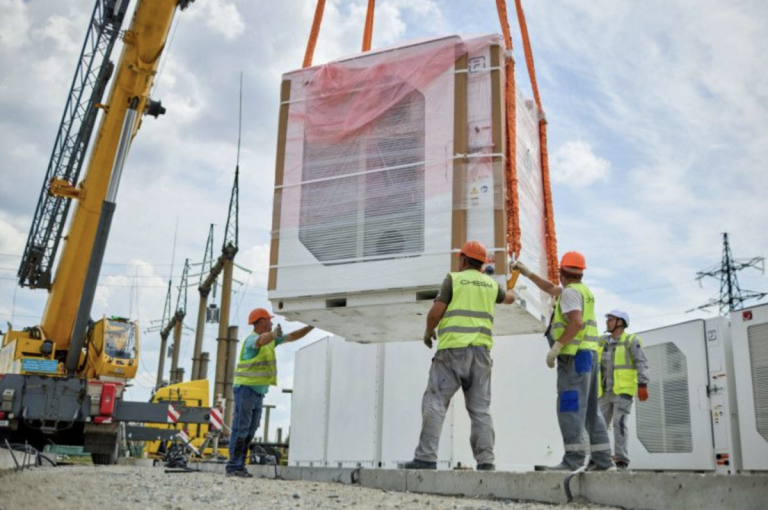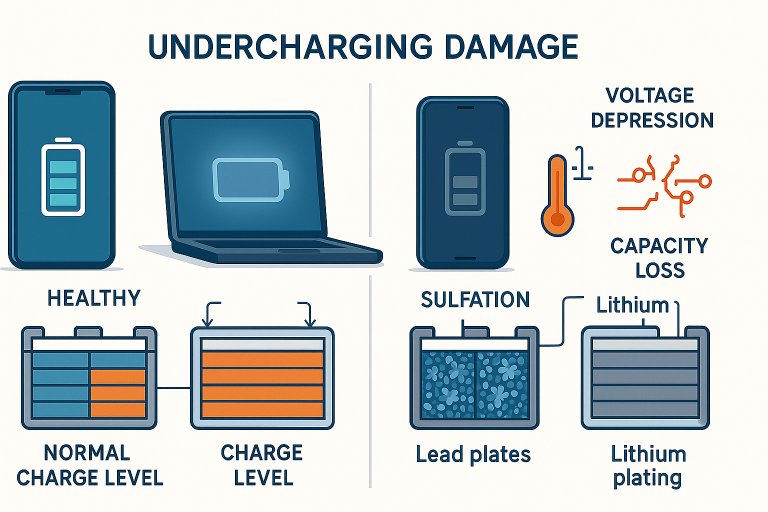What is a Battery Management System and why is it needed?
In a world increasingly powered by batteries—from electric cars to solar farms and smartphones—the Battery Management System (BMS) quietly plays a starring role. Often overlooked, this “brain” of a battery pack ensures safety, maximizes performance, and extends lifespan. Let’s explore how BMS technology works, why it matters, and where you’ll find it in action today.
What is a Battery Management System?
Imagine a battery pack as a team of athletes. Without a coach, some might overexert themselves, others underperform, and the entire team could collapse. The BMS is that coach. It’s an embedded electronic system that monitors, manages, and protects battery cells by tracking:
- Voltage and current of individual cells
- Temperature across the pack
- State of Charge (SOC) (e.g., your phone’s battery percentage)
- State of Health (SOH) (think of it as a battery’s “fitness level”)
Real-World Use Cases:
- Your Tesla’s driving range relies on its BMS to balance 7,000+ lithium-ion cells.
- A solar-powered home uses a BMS to prevent overcharging on sunny days.
- Your wireless earbuds depend on a tiny BMS to avoid overheating during charging.
Why You Can’t Live Without a BMS
1. Safety First: Preventing Disasters
Batteries store massive energy, and mismanagement can lead to fires, explosions, or leaks. A BMS acts as a guardian:
- Overvoltage Protection: Stops charging when full (like unplugging your laptop at 100%).
- Thermal Management: Activates cooling fans in EVs during fast charging.
- Short Circuit Detection: Shuts off power in a drill if the motor jams.
Example: In 2023, a BMS in a grid-scale battery farm prevented a fire by isolating a faulty cell during a heatwave.
2. Extending Battery Life
Ever noticed your phone battery degrading after a year? A BMS slows this process:
- Cell Balancing: Ensures all cells charge evenly. Budget e-bikes use simple resistor-based balancing; luxury EVs transfer energy between cells.
- Smart Charging: Limits charging to 80% in devices to reduce wear (a feature in many laptops).
Pro Tip: Forklift batteries last 2x longer with a BMS that prevents deep discharges.
3. Maximizing Performance
A good BMS ensures consistent power, whether you’re climbing a hill in an EV or using a power tool:
- SOC Estimation: Tesla’s “range meter” uses algorithms to predict how far you can drive.
- Peak Power Delivery: Enables cordless tools to maintain torque under heavy load.
Fun Fact: Apple’s BMS throttles iPhone performance in cold weather to prevent sudden shutdowns.
How Does a BMS Work? Breaking Down Its Core Functions
1. The Watchdog: Sensing & Monitoring
- Voltage Sensors: Detect weak cells in a solar storage system.
- Thermistors: Track temperature in wireless earbuds to avoid burns.
- Current Sensors: Measure energy flow in an electric scooter.
2. The Bodyguard: Protection Mechanisms
- Over-Current Cutoff: Uses MOSFETs to disconnect a malfunctioning drone battery mid-flight.
- Ground Fault Detection: Keeps electric bus passengers safe from high-voltage leaks.
3. The Peacekeeper: Cell Balancing
- Passive Balancing: Drains excess energy via resistors (common in budget gadgets).
- Active Balancing: Shuffles energy between cells in satellites to minimize waste.
4. The Fortune Teller: State Estimation
- SOC Algorithms: Combine voltage readings and Coulomb counting to estimate your EV’s range.
- SOH Tracking: Alerts you when your laptop battery hits 80% of its original capacity.
5. The Communicator: Data & Diagnostics
- CAN Bus: Lets an EV’s BMS “talk” to its motor and infotainment system.
- Bluetooth: Allows engineers to diagnose wind turbine batteries remotely.
Where You’ll Find BMS Technology Today
- Electric Vehicles
- Manages fast charging, regenerative braking, and cabin preheating.
- Example: The Nissan Leaf’s BMS optimizes performance in -30°C winters.
- Renewable Energy Storage
- Prevents solar batteries from overcharging or draining too deep.
- Example: Tesla Powerwall’s BMS extends its lifespan to 15+ years.
- Medical Devices
- Ensures pacemakers and ventilators never lose power.
- Edge Case: Implantable defibrillators use ultra-reliable BMS to avoid failures.
- Aerospace
- Balances satellite batteries exposed to extreme space temperatures.
- Everyday Gadgets
- Stops vape pens from exploding and keeps smartwatches running all day.
The Future of BMS: Smarter, Safer, Greener
- AI & Machine Learning: Predicts battery failures in wind farms months in advance.
- Modular Designs: Lets robotics companies customize battery packs for drones or warehouse bots.
- Solid-State Batteries: Future BMS will manage ultra-high-density cells safely.
Did You Know? Researchers are testing self-healing BMS that can repair minor cell damage!
Busting BMS Myths
- Myth 1: “Only big batteries need a BMS.”
Truth: Even tiny hearing aid batteries have basic voltage protection. - Myth 2: “A BMS stops all battery degradation.”
Truth: It slows aging but can’t override chemistry (your phone battery still ages!).
Final Thoughts
From the phone in your pocket to the grid powering your city, Battery Management Systems are the invisible heroes ensuring energy storage is safe, efficient, and sustainable. As batteries evolve, so will BMS tech—paving the way for greener energy solutions and smarter devices.
Next time you charge your gadget, remember: There’s a tiny, hardworking BMS inside, making sure it doesn’t blow up!
Liked this post? Share it with a friend or leave a comment below!
Have questions about BMS or battery tech? Ask away—we’re all charged up to answer!



